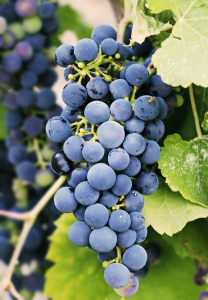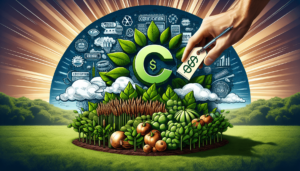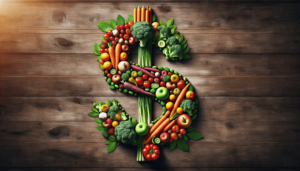In today’s world, where health and sustainability are more important than ever, it’s crucial that we know how to determine if a product is genuinely organic. In this guide, we’ll walk through essential tips and tricks to help us identify organic products with confidence. We’ll explore label certifications, ingredient lists, and other key indicators that ensure what we purchase truly aligns with our values of natural living. By the end of this article, we’ll feel empowered to make better choices for our well-being and the environment. How can we tell if a product is organic? It’s a question more of us are asking as we become increasingly mindful of our health and the environment. Labels and claims can be confusing, and without the right knowledge, we might end up with products that don’t meet our expectations.
Let’s delve into the world of organic products and uncover how we can determine if something truly deserves that coveted label.

Understanding What “Organic” Means
First, we need to define what “organic” actually means. Organic products are grown and processed within a system that emphasizes sustainability, soil health, and biodiversity. These products are typically free from synthetic pesticides, chemical fertilizers, and genetically modified organisms (GMOs).
Organic Farming Practices
Organic farming practices are designed to enhance and maintain ecological harmony. Here are some key components:
- Soil Management: Organic farming uses natural processes to maintain soil fertility. Farmers often employ crop rotation, green manure, compost, and biological pest control.
- Pest Management: Instead of relying on chemical pesticides, organic farmers use biological pest controls, such as predatory insects, and natural pesticides from plants or minerals.
- Animal Welfare: Organic livestock farming emphasizes outdoor access and natural living conditions, providing animals with organic feed and raising them without synthetic hormones or antibiotics.
Recognizing Organic Labels
One of the most straightforward ways to determine if a product is organic is by looking at its label. Governments and third-party organizations have set rigorous standards that products must meet to earn organic certification.
Government and Third-Party Certifications
Certifications can vary depending on where we’re shopping. Here are some of the most widely recognized organic certifications:
| Certification | Region | Description |
|---|---|---|
| USDA Organic | United States | The United States Department of Agriculture (USDA) certifies products as organic if they meet strict production and handling standards. |
| EU Organic | European Union | The European Union’s organic logo ensures products meet EU-wide standards for organic farming and production. |
| JAS Organic | Japan | Japan Agricultural Standards (JAS) certifies organic products, ensuring practices align with Japan’s organic agriculture regulations. |
| Canada Organic | Canada | The Canada Organic logo indicates compliance with Canada’s Organic Products Regulations, covering everything from seed to shelf. |
| Australian Certified Organic | Australia | Australian Organic Limited certifies products via rigorous standards, making sure they uphold sustainable and ethical organic farming practices. |
Reading Organic Product Labels
Once we understand the certifications, it’s important to know how to read the labels accurately.
Key Terms on Organic Labels
Organic labels often include terms besides the certification seal. Here are some terms and what they mean:
- 100% Organic: Products labeled as “100% organic” must contain only organically produced ingredients (excluding water and salt).
- Organic: Products that display this label must contain at least 95% organically produced ingredients. The remaining contents can be non-organic, but they have to meet specific criteria.
- Made with Organic Ingredients: These products include at least 70% organic ingredients. The label can list up to three organic ingredients or food groups.
Ingredients List
We should examine the ingredients list carefully. Non-organic additives and preservatives are red flags if we are seeking truly organic products.
Knowing the Difference Between Natural and Organic
Organic and natural are not synonymous. “Natural” refers to products that are minimally processed and free from synthetic additives but doesn’t necessarily mean they’re organically grown or processed.
Comparing Natural vs. Organic Standards
| Aspect | Natural | Organic |
|---|---|---|
| Regulation | Often not regulated | Strictly regulated by government bodies |
| Use of Chemicals | Varies; some natural products may contain chemicals | Prohibits synthetic chemicals, pesticides, and GMOs |
| Certification | Rarely certified | Must be certified by recognized organizations |
| Farming Practices | Not specified | Must follow organic farming practices including soil and pest management |

Researching the Source and Brand
Sometimes labels aren’t enough. We might want to research the brand itself to understand its practices and reputations.
Questions to Ask Brands
- How are your products grown and processed? Investigate their farming and production methods.
- Do you have third-party certification? Ensure they have recognized organic certification.
- What practices do you use for pest control and soil management? Look for natural and environmentally friendly practices.
Customer Reviews and Brand Reputations
Customer reviews and expert recommendations can provide insight into the authenticity of organic claims. Trustworthy brands typically have positive feedback from their consumers.
Exploring National and International Standards
Different countries have their own standards for what qualifies as organic. Familiarizing ourselves with these can be crucial, especially if we buy imported products.
Organic Standards Around the World
| Country | Standard | Key Focus |
|---|---|---|
| United States | USDA Organic | Prohibits synthetic fertilizers, pesticides, and GMOs. Emphasizes biodiversity and animal welfare. |
| European Union | EU Organic | Similar to USDA but with additional concerns for water conservation and energy use. |
| Japan | JAS Organic | Focuses on soil fertility, biodiversity, and animal welfare without synthetic chemicals. |
| Canada | Canada Organic | Covers all aspects of production, from seeds to final products, ensuring sustainable and ethical practices. |
| Australia | Australian Certified Organic | Emphasizes land management, soil health, and animal welfare, prohibiting synthetic chemicals. |
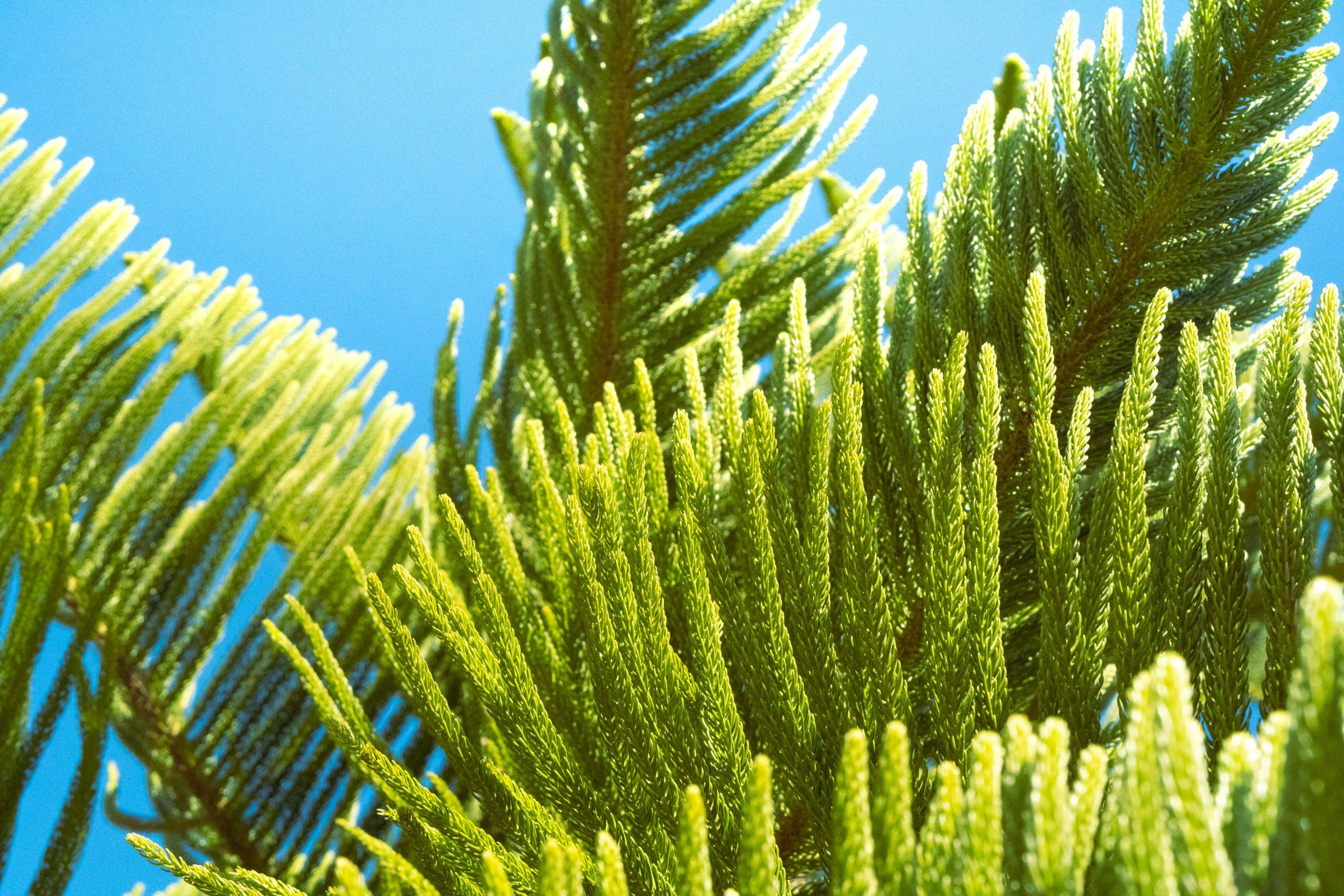
Understanding the Impact of Organic Products
Choosing organic products is not just about personal health. It also impacts the environment in positive ways.
Environmental Benefits
- Reduced Pollution: Organic farming reduces pollution by avoiding synthetic pesticides and fertilizers.
- Soil Health: Practices such as crop rotation and composting improve soil health and fertility.
- Biodiversity: Organic farms often support more wildlife and promote ecological balance.
Health Benefits
- Nutrient-Rich: Organic fruits and vegetables may contain higher levels of certain nutrients.
- Fewer Pesticides: Reduced exposure to harmful pesticides and chemicals.
- Antibiotic Resistance: Organic meat and dairy products are free from antibiotics, reducing the risk of antibiotic-resistant bacteria.
Discerning Organic Beauty and Personal Care Products
Organic isn’t limited to food. Many beauty and personal care products are labeled as organic. Here’s how we can spot genuine organic products in this domain.
Key Ingredients
Look for natural, organic ingredients such as:
- Aloe Vera: Often used in organic beauty products for its soothing properties.
- Coconut Oil: Frequently found in organic skincare for its moisturizing benefits.
- Lavender: Known for its calming effects; common in organic products.
Beware of Greenwashing
Greenwashing is the practice of making products appear more eco-friendly than they are. Watch out for misleading claims or imagery.
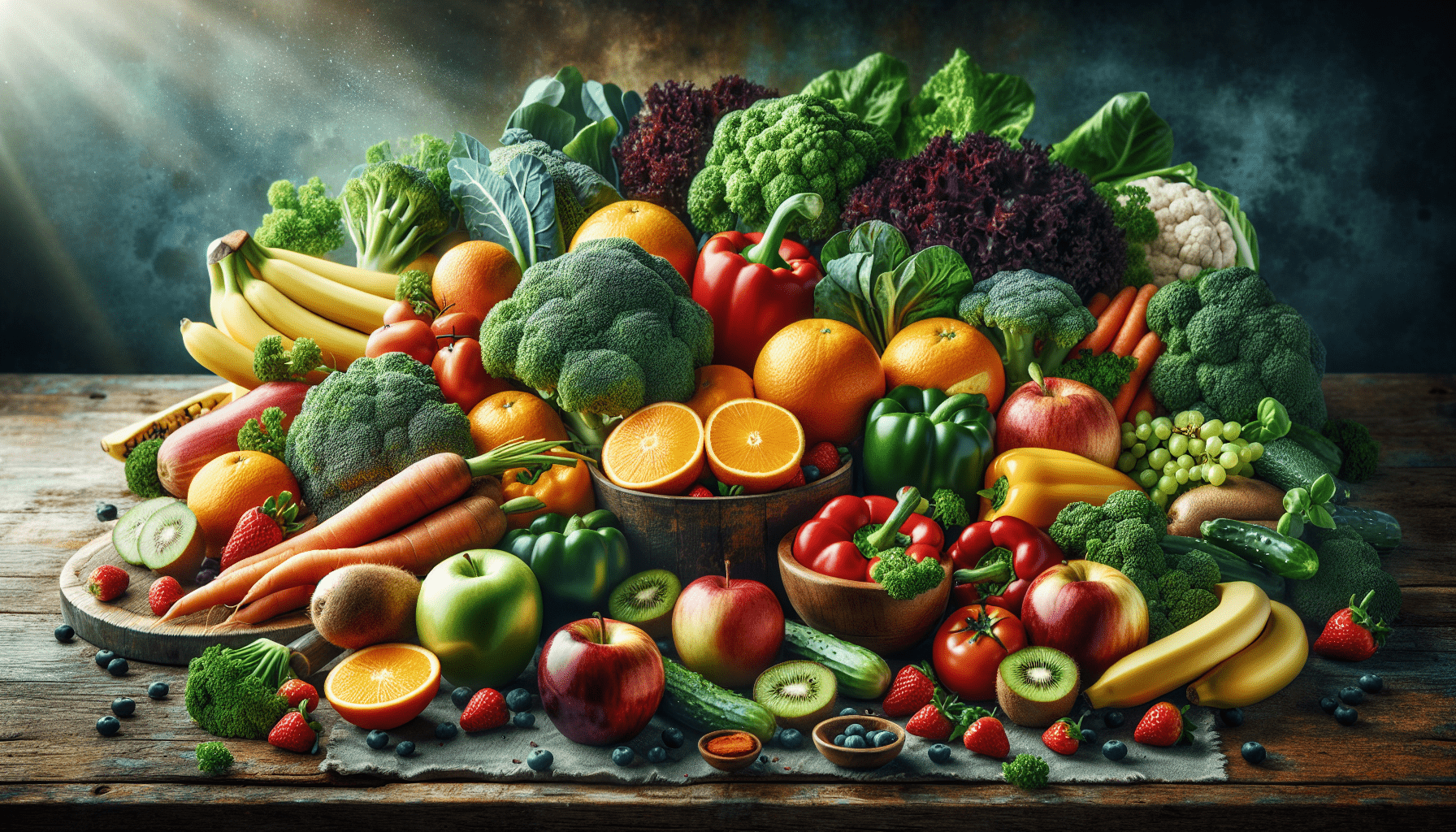
The Role of Organic in Fashion
Organic textiles are becoming more popular. Look for certifications like Global Organic Textile Standard (GOTS) when buying clothing and fabrics.
Organic Cotton vs. Regular Cotton
| Aspect | Organic Cotton | Regular Cotton |
|---|---|---|
| Farming Practices | Grown without synthetic chemicals | Commonly uses pesticides and synthetic fertilizers |
| Water Use | Encourages sustainable water use | Often large water footprint |
| Soil Health | Preserves and enhances soil health | Can lead to soil degradation |
Common Misconceptions about Organic Products
Let’s address some common myths about organic products.
Myth 1: Organic Products are Always More Expensive
While organic products can be pricier, this isn’t always the case. Prices are often comparable, especially with growing demand and more competitive markets.
Myth 2: Organic Means Pesticide-Free
Organic products can use natural pesticides. The key difference is that these pesticides come from natural sources rather than synthetic chemicals.
Myth 3: All Natural Products are Organic
As noted earlier, natural does not mean organic. Natural products might not conform to the stringent regulations that organic products do.
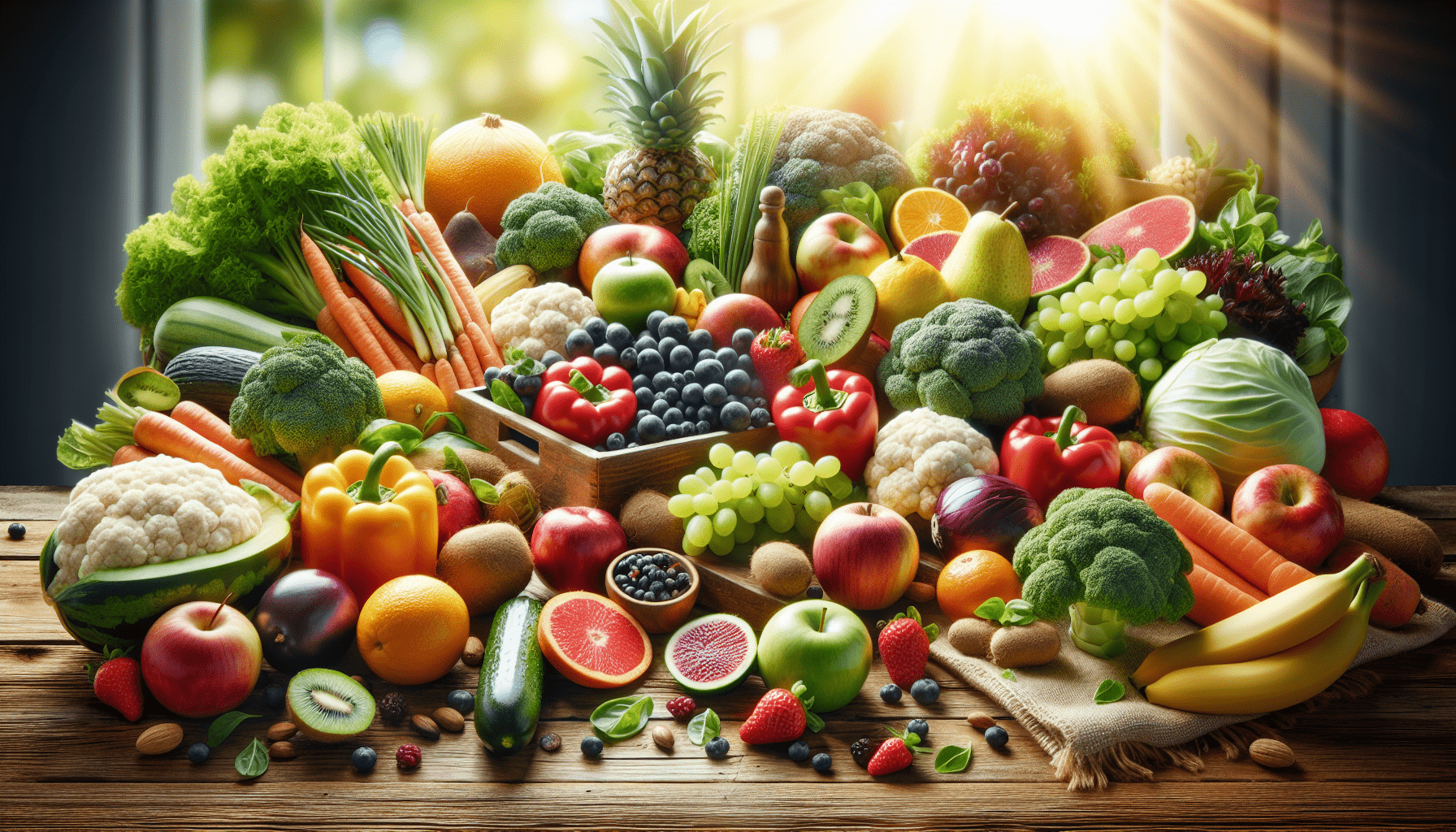
Practical Tips for Buying Organic
Knowing how to find authentic organic products is great, but let’s talk about practical shopping tips.
Start Local
Local farmers’ markets often have fresh, organic produce. Talk to the farmers about their practices if formal certifications are absent.
Buy in Season
Seasonal products are more likely to be fresh and affordable. Plus, this reduces the carbon footprint associated with transporting out-of-season produce.
Plan and Budget
We can incorporate organic products into our diets without breaking the bank by planning meals and prioritizing certain organic items, such as the Dirty Dozen (more pesticide-laden) over the Clean Fifteen (less pesticide-laden).
The Future of Organic Products
With growing awareness and demand, the organic market is set to expand. This might lead to more innovative and accessible organic products.
Innovations in Organic Farming
Technological advancements are helping organic farmers improve yield and sustainability, such as:
- Precision Agriculture: Uses technology to monitor soil conditions and optimize crop management.
- Vertical Farming: Grow crops in stacked layers, often indoors, to save space and reduce water use.
Access and Affordability
As the market grows, we might see organic products becoming more mainstream and accessible, potentially reducing costs due to economies of scale.
Conclusion
Determining if a product is organic requires us to understand certifications, read labels carefully, and sometimes do a bit of research. While this might seem daunting, it’s an effort that’s well worth it for our health and the well-being of our planet.
With this knowledge, we can make informed choices and enjoy the true benefits of organic products. Whether we’re buying food, beauty products, or textiles, knowing what to look for ensures we support sustainable practices and consume goods that align with our values.
So next time we’re shopping, let’s take a moment to scrutinize those labels and make a choice that supports our health and the environment. Happy organic shopping!

